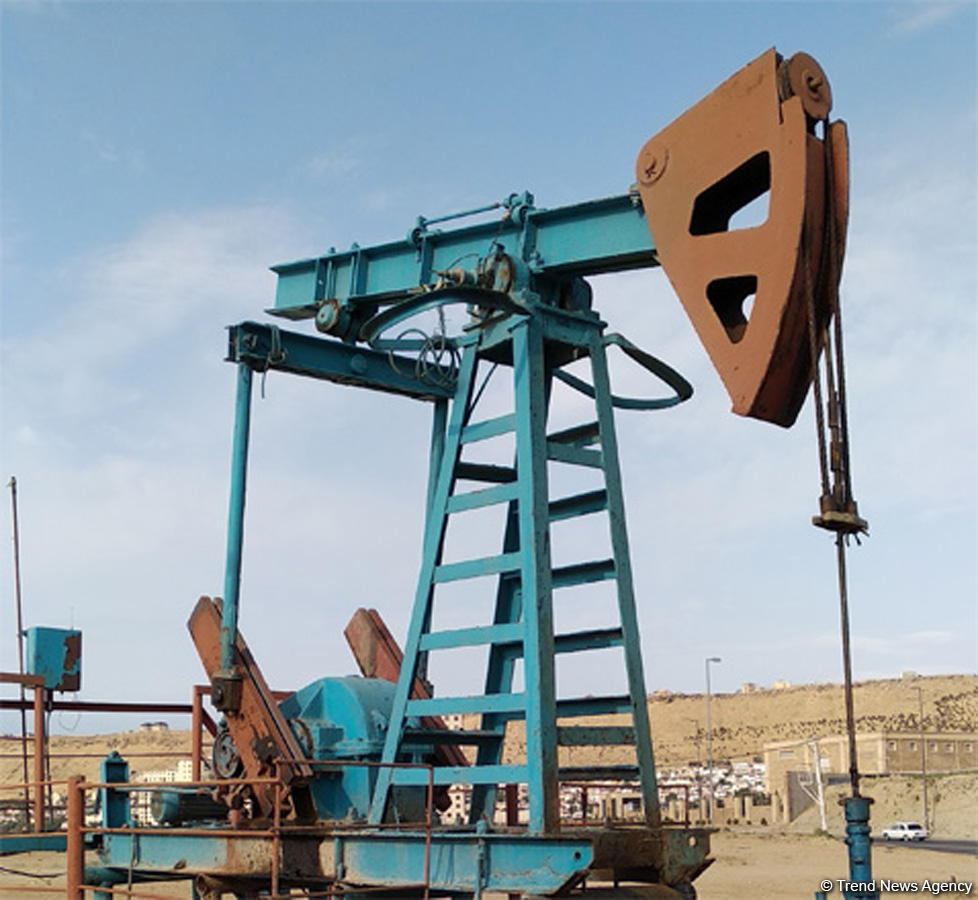BAKU, Azerbaijan, Sept.11
By Leman Zeynalova - Trend:
Shifts to the cheapest oil will put pressure on unconventional oil production, Trend reports with reference to Germany-based DNV GL company.
“Overall, we forecast steadily declining global crude oil production to 2050, roughly halving from 83 Mb/d in 2018 to 42 Mb/d in 2050. Amid declining overall production, conventional onshore oil will continue to provide the largest and most stable share of total oil production. Much of the expansion in oil production in recent decades has come from offshore production, together with the more recent boom from unconventional sources – largely as a result of US shale. Onshore conventional production has remained relatively stable for decades at around 40 Mb/d.
“Now in a declining oil market, the cheapest, easiest-to-access oil is set win in the long run, as the industry faces significant pressure on cost. This has regional implications, with Middle East and North Africa and to a lesser degree North East Eurasia set to reap the benefits. Shifts from more oil to cheapest oil will put increasing pressure on unconventional onshore and offshore oil production to 2050. Unconventional oil, largely US shale, will see moderate increases in the mid-term, before declining.
“This will be driven largely by North America, which will account for most of the unconventional production through to 2050. Offshore oil production will decline gradually throughout the forecast period, as the overall oil market declines and as it loses out to cheaper conventional onshore production later in our forecast period. Upstream oil expenditure in 2050 will be one third of the levels in 2018. From the late-2030s, we see an uptick in capacity additions for conventional onshore oil, as we see a steep decline in additions for offshore oil closely followed by a decline in additions for unconventional onshore.
“Today, North America, Middle East and North Africa, and North East Eurasia combined account for 68 percent of global oil production, producing 56 Mb/d of a total 83 Mb/d in 2018. By 2050, they will collectively account for 90 percent of world oil production. Yet, they will only consume 30 percent of world oil. They are the only regions set to be net oil exporters in 2050. Among other significant producers, Latin America production will roughly equal regional demand until the mid-2030s, while Sub-Saharan Africa will be a net exporter until the 2040s,” said the company.
---
Follow the author on Twitter:@Lyaman_Zeyn






